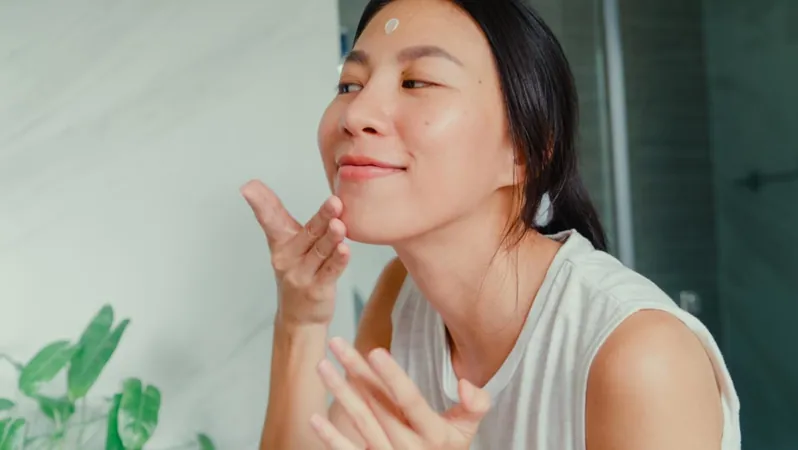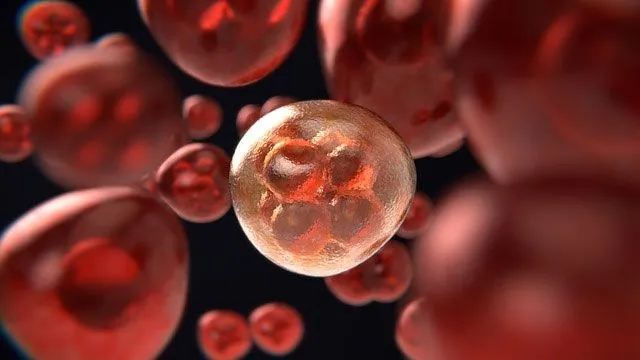
Are Acne Treatments Safe? Uncovering the Cancer-Linked Ingredient in Some Pimple Creams
2024-11-09
Author: Arjun
The Shocking Findings
In March 2024, Valisure, a US laboratory, conducted tests on 175 acne treatment products, revealing that many of them were “fundamentally unstable" and could generate dangerous levels of benzene. The findings showed levels that were a staggering 800 times above the FDA's recommended limit of 2 parts per million (ppm) for benzene exposure.
Perhaps even more concerning was an experiment that exposed some benzoyl peroxide products to high temperatures, leading some samples to test over 1,200 times the Environmental Protection Agency's safety threshold for benzene inhalation. The implications? Benzene found leaking from certain packaging could potentially pose an inhalation risk.
What Does This Mean for Consumers?
The FDA has received a petition from Valisure to recall specific products and instigate a thorough investigation into the matter. Yet, what about regions like Singapore? According to the Health Sciences Authority (HSA) in Singapore, many over-the-counter treatments do not require prior registration or approval before hitting the shelves. While they have conducted tests on several products, results have shown benzene levels to be within acceptable limits, but they are keeping an eye on updates from international studies.
Notably, there exists a growing pool of research, including extensive analyses from the National Health and Nutrition Examination Survey, showing no direct link between benzoyl peroxide usage and increased benzene levels in the bloodstream. Furthermore, a sizeable cohort study indicated no significant differences in the risk of lymphoma, leukemia, or internal malignancies among those treated with benzoyl peroxide versus those who were not.
Advice on Usage and Alternatives
While benzoyl peroxide concentrations range between 2.5% and 10% (with 10% being on the high end), dermatologists typically lean towards lower concentrations to minimize skin irritation. Higher concentrations might not offer increased efficacy and could heighten the risk of dryness and irritation.
Proper storage is vital; to stave off potential decomposition into benzene, creams should be stored cool — ideally in a fridge — and away from direct heat or sunlight. Consider checking your product labels for these recommendations.
If you’re looking for alternatives to benzoyl peroxide, several effective options exist: 1. **Retinoids and Retinols**: Derived from Vitamin A, they help reduce inflammation and prevent clogging of pores. Popular choices include adapalene and tretinoin. 2. **Azelaic Acid**: Excellent for sensitive skin and even suitable during pregnancy, it helps reduce inflammation and hyperpigmentation. 3. **Hydroxy Acids (AHAs and BHAs)**: Exfoliating agents that also help with reducing acne and improving skin texture. Salicylic acid (BHA) is particularly favored for oily, acne-prone skin. 4. **Topical Antibiotics**: Clindamycin is a common treatment alongside retinoids to combat bacterial resistance. 5. **Niacinamide**: This Vitamin B3 derivative regulates sebum production and offers anti-aging benefits while reducing redness and hyperpigmentation.
In conclusion, while benzoyl peroxide has long been a go-to for acne treatment, consumers should remain vigilant regarding the recent findings about potential carcinogenic risks. Staying informed about both product safety and available alternatives can empower you to choose the best path for clearer, healthier skin. **Stay safe and keep your beauty routine in check!**

 Brasil (PT)
Brasil (PT)
 Canada (EN)
Canada (EN)
 Chile (ES)
Chile (ES)
 España (ES)
España (ES)
 France (FR)
France (FR)
 Hong Kong (EN)
Hong Kong (EN)
 Italia (IT)
Italia (IT)
 日本 (JA)
日本 (JA)
 Magyarország (HU)
Magyarország (HU)
 Norge (NO)
Norge (NO)
 Polska (PL)
Polska (PL)
 Schweiz (DE)
Schweiz (DE)
 Singapore (EN)
Singapore (EN)
 Sverige (SV)
Sverige (SV)
 Suomi (FI)
Suomi (FI)
 Türkiye (TR)
Türkiye (TR)